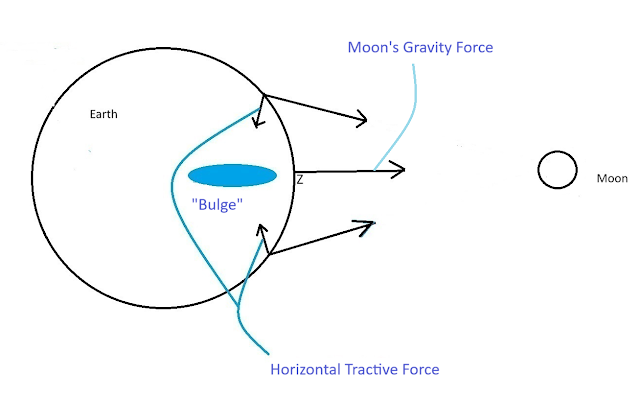King Tides, New Moons vs Full Moons

Here is a plot of every predicted high tide at Kahului Harbor in 2023: Intuitively, one might imagine that "new moon tides are more powerful than full moons due to the moon and the sun pulling together from the same side of the Earth." We will deal with the theory in the next blog post, "Does the Moon Really Lift the Ocean?", but for now let's just look at the data. New Moons vs Full Moons From the figure above we can see that for Maui at least, full moons are just as influential, and in fact there are more full moons where the associated high tide is significantly higher than its new moon neighbor tides. We do see a peak in tide heights in January, which is probably due to the Earth reaching its closest approach to the Sun on about January 3. King Tides But the highest tides appear to be in summer, with the peak at full moon on August 1. What causes this? One would think that summer higher tides would be associated with the Sun bein...


